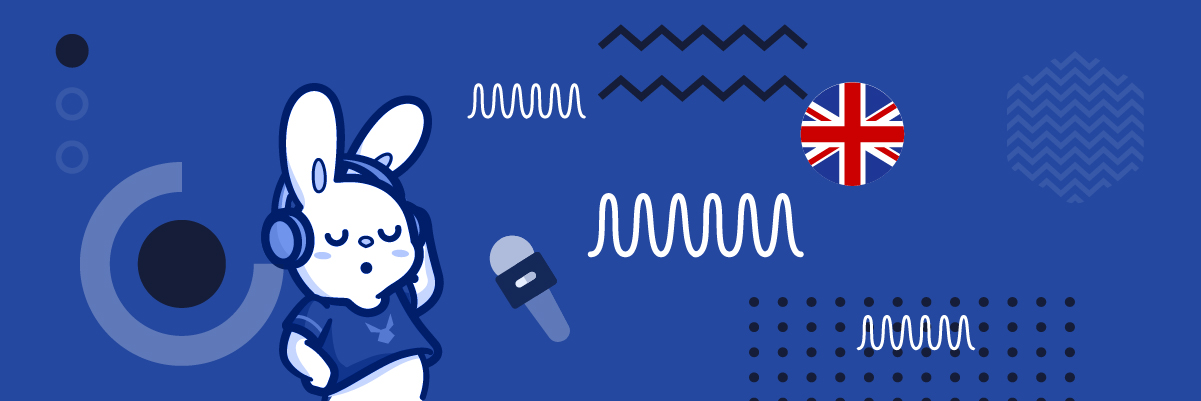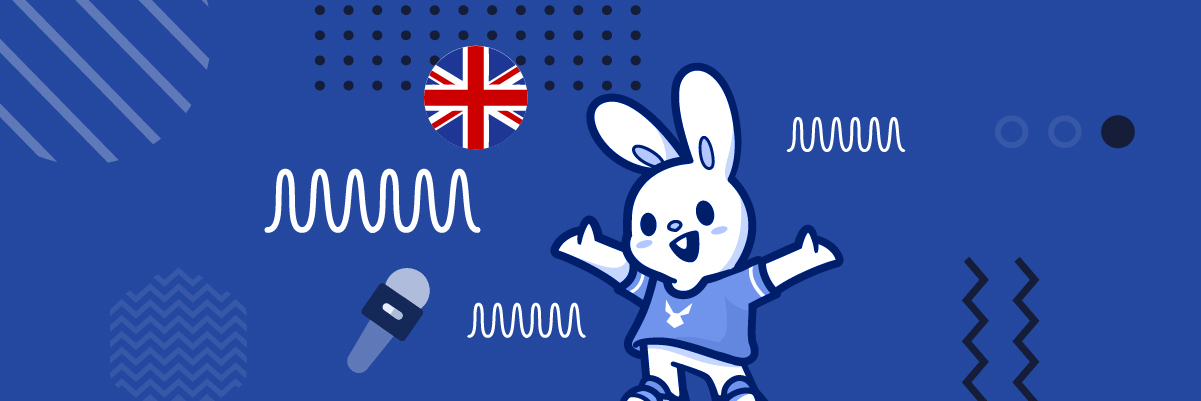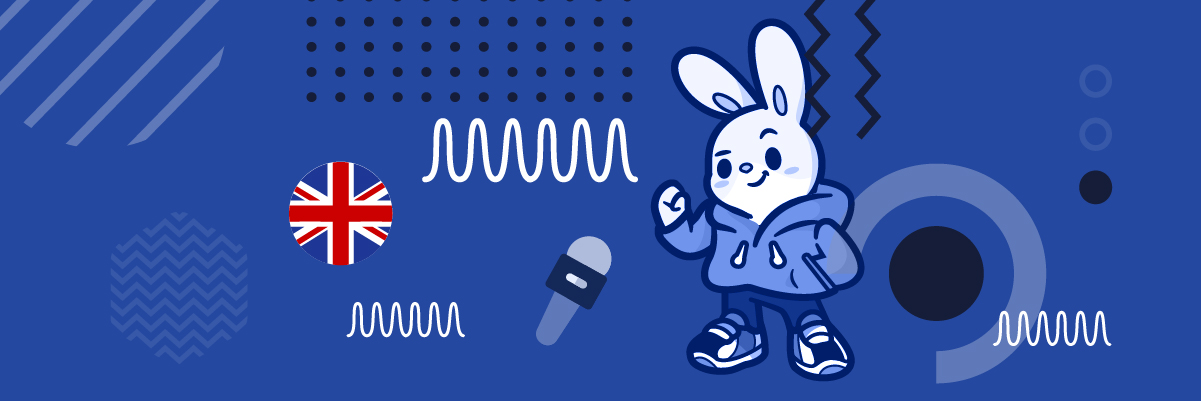Now, the title of this article may sound a bit like an X-Files episode, I know. But, for budding voice dubbing artists and prospective clients, it’s not so clear whether English voice dubbing jobs are worth pursuing or not. Well, rest easy, because I’m here to assure you that not only is the industry alive and well, but thriving. In fact, dubbing for films alone is a $3-billion-a-year business, and growing. If you’re looking to learn what’s up, just read on!
Today, I’m going to be sharing valuable information for both newcomers as well as would-be hirers. The world of English dubbing is a fast-growing, extremely popular industry. And, after many years of success and increasing opportunities on all sides of the fence, it’s a virtual promised land for all. You just have to know what to look for, and where.
In this article, we’ll cover:
- All about the world of English voice dubbing
- What makes a good dub
- Why it’s blowing up like crazy right now
- Where do you hire great dubbing artists? Who do you call? Is it the Ghostbusters?
So, whether you’re looking to hire or get hired, I’m about to drop some knowledge bombs on you. Let’s get started.
What Is Dubbing?
Dubbing is the process of replacing the original vocal track in a movie, video game, or piece of media, and replacing it with another in a different language. Thus, you get a seamless result where it looks like the characters are speaking in the language of the target culture. That’s if they’re done right, of course. If not, you can get something like the so-bad-they’re-good dubs of Kung Fu flicks.
Here’s everything good English dubbing is NOT:
https://www.youtube.com/watch?v=1pFjpfmeOtg
While it’s entertaining, it’s not what we’re looking for. The marks of a good dub are:
- Good acting that seems natural.
- Respect for the original tone, voices, and material.
- Properly localized, product of a good translation.
- Believable, and well-integrated with mouth movements and physical acting.
Conversely, this is what we could call a faithful dub:
Moreover, dubbing is part of the larger profession of creating voice-overs. In her article about Voice-over vs. Dubbing, Bunny Pro Rita wrote:
Voice-over and dubbing are both techniques for interpreting a message to a new audience. However, while voice-over is narrative by nature and lacks the emotion and tonality of the original audio, dubbing is much more precise as it maintains the tonal, emotive, and technical richness of the original soundtrack.
(…) When translating audio, dubbing attempts to hide the evidence of this translation so that foreign content appears native to the target audience. Dubbing is also called Language Replacement, and it creates the illusion that the actors on screen speak the native tongue of the viewers. Well-dubbed audio takes expertise, sounds natural, and the result is unnoticeable to the viewer.
Why English Dubbing is blowing UP Right Now
I don’t really mean it’s high-explosive, relax. What I do mean is that in a streaming, post-Netflix world, dubs are more popular than ever before. While you’ll always hear me sing the praises subbed content (I’m a purist and a snob), there are many advantages to dubs. And those advantages are a very big part of the reason why people on Netflix and other platforms are flocking to dubs in droves.

With the ascent of foreign shows like Dark and Money Heist, Netflix found that people love content regardless of nationality. Go figure! But, with this galaxy-brain realization, also came the necessity for Netflix to offer more and higher-quality English dubbing. This is a little-known fact, but Money Heist was actually re-dubbed to reach a higher quality standard. Things’ve gotten so big that there’s talk of rising “dubbing stars”. It seems dubbing has finally reached the mainstream as a valid art-form.
But why, though? Well, take this quote from the Hollywood Reporter to put things into perspective a bit:
“People say they prefer the original, but our figures show they watch the dubbed version,” noted Kelly Luegenbiehl, vp international originals for Europe, Turkey and Africa, at a talk in Berlin earlier this year. Netflix’s investment in dubbing has been growing, on average, between 25 percent and 35 percent per year for the past few years, and the consumption of dubbed content on the platform is scaling even faster, up on average more than 120 percent annually, say company sources
What’s more, Netflix has had to ramp up its production to over 125 dubbing facilities around the world to catch up with demand. And, that means that the platform is trying to make its English dubbing “less dubby” to reel in even more viewers.
“Less Dubby?”
Yeah, you read right. Before I discussed believability as one of the pinnacles of a great English dub — or in any language, really. Sadly, plenty of dubs fall well short of those expectations. But, with the increased demand for dubbing, dubs are rapidly entering a new era of higher standards. Thus, what was once acceptable, like jarring diction, wonky phrasing, or out-of-sync dubs are a big no-no even in amateur productions.
And, of course, this also works in tandem with better translations. Clunky, awkward translations lead to bad dubs regardless of the actors’ best intentions. Therefore, in order to get a good dub, there’s got to be a full localization team working on all levels. You need:
- Great translators who can take the source material and make it work in another language.
- A great director who can help actors naturally integrate the new script with the character’s mouth movements. Also, they need to understand the intent behind every vocal line to keep it natural and adjusted to the original’s tone.
- Great actors who can turn in believable work. That means laying it all out on the line, or being subdued and restrained, according to the needs of the script.
And remember, if you’re hiring a freelance dubbing artist, you’re essentially acting as the first two steps. Regardless of how good an actor is, they’re only as good as their direction. You can’t expect them to get everything there is to know about characters without as much help and guidance as possible.
How Much Do Pros Make On Average?
The salary for dubbing artists can vary a great deal from person-to-person. Yet, something remains constant: it’s one of the best-paid work-from-home professions right now. Of course, their salary is going to depend on many factors, such as:
- The length of the project. Projects with larger scripts will naturally fetch more than shorter ones.
- Their proficiency and experience.
- How high-profile the job is. Of course, more well-known employers and companies tend to pay out more.
Still, dubbing is one of those professions that tend to pay the most per hour worked. While being a voice artist usually covers much more than just dubbing, there’s a significant overlap in both professions. Here’s the lowdown according to ZipRecruiter:
As of Mar 4, 2021, the average annual pay for a Voice Over Artist in the United States is $64,012 a year.
Just in case you need a simple salary calculator, that works out to be approximately $30.77 an hour. This is the equivalent of $1,231/week or $5,334/month.
While ZipRecruiter is seeing annual salaries as high as $198,000 and as low as $11,000, the majority of Voice Over Artist salaries currently range between $29,000 (25th percentile) to $89,500 (75th percentile) with top earners (90th percentile) making $135,000 annually across the United States. The average pay range for a Voice Over Artist varies greatly (by as much as $60,500), which suggests there may be many opportunities for advancement and increased pay based on skill level, location and years of experience.
Yup, if you ask me, that’s making bank, all right.
Where to find English Dubbing Pros
Now, due to the renowned popularity of English dubbing, pros are everywhere. Considering everyone’s rushing to have multilingual content — and to tackle the English-speaking market — projects can be as varied as:
- Movies
- TV shows
- Animation (cartoons, anime, etc.)
- Social Media content
- Web content
- Twitch videos
- YouTube videos
- Explainer Videos
- Corporate Media
You may be tempted to try your luck at one of the many freelancing platforms out there. And you’ll find all sorts. The way you normally would go about it is to post a job and watch pros flock to you. Then, you’d have to interview each of them, review their credentials, and hope for the best. But, what if I told you there was an easier way to do things, and still maintain all the benefits of hiring a freelancer?
Read on to learn why Bunny Studio is your ace-in-the-hole.

The Not-So-Secret Weapon
Now, it’s pretty well-known that Bunny Studio is the top platform out there for voice pros. As of right now, we’re home to 100,000+ vetted voice pros, meaning you don’t have to worry about quality. Everyone who’s on our platform has been thoroughly tested, and they’ve got the goods.
Plus, you don’t have to enter a lengthy escrow process with Bunny Studio, which could lead to lengthy mediations, and “he said, she said” type of scenarios. You pay up, and you get your results back in record time. Our average turnaround time is below 12 hours, for crying out loud! Of course, this could be more or less depending on the length of your project. Expect voicing the main character on a multi-hour epic to take a while longer.
- Also, we don’t really beat around the bush when it comes to money. We know how valuable your investments are, so here’s the process:
- You choose a pro that suits your needs.
- Then, you pay and provide directions.
- After, you wait for them to complete their work.
- We thoroughly review their work and send it over to you if it meets our standards and your specifications. If not, we have them revise it.
- Provided everything’s A-OK, we send it to you. Not satisfied? We’ll correct it as many times as possible.
- If that’s still not enough, you get your money back. All of it, end of the story.
So, ready to get high-quality, hassle-free English dubbing? Submit a project with us and watch us get to work! And if you’re an up-and-coming talent, remember we’re always accepting rising stars in our ranks!










